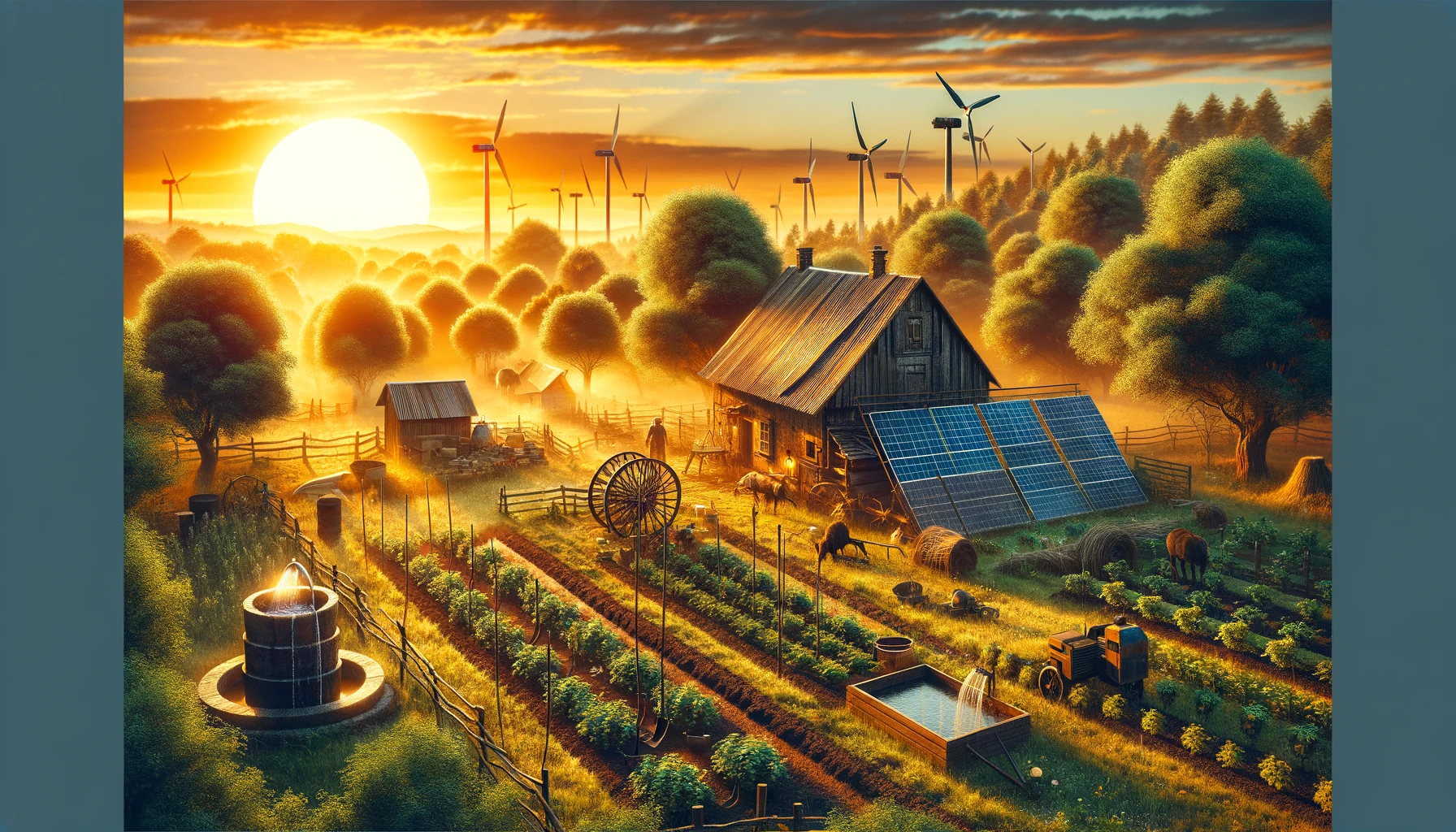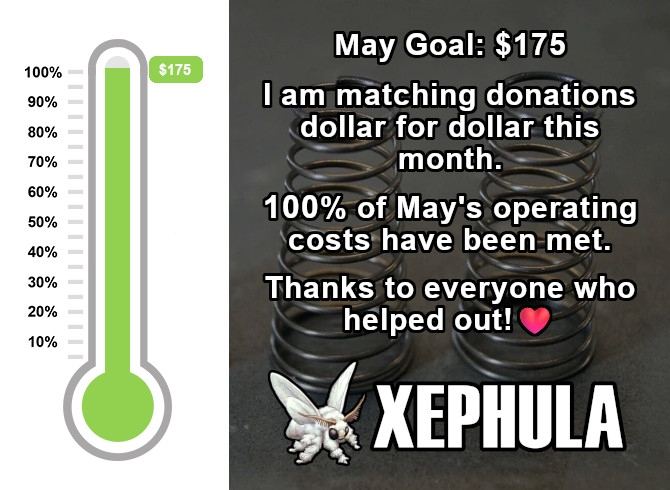The Dangers of Canola Oil:
In today’s health climate, where misinformation abounds and traditional media often falls short, I’ve turned to unconventional health knowledge from less mainstream sources. This exploration was spurred by my skepticism towards the conventional medical industry, especially during recent global health crises, leading to some profoundly positive changes in my health regimen. One pivotal change was eliminating industrial seed oils from my diet, which resulted in losing 30 pounds, eradicating bodily inflammation, and enhancing my overall vitality.
The Problem with Industrial Seed Oils
Industrial seed oils like soybean, canola, and corn oil became staples in early 20th-century kitchens due to their affordability and mass availability. Originally used in margarine as cheaper alternatives to animal fats, these oils are not naturally derived from their seeds, which require chemical treatment and high-pressure, high-temperature processing to extract the oil. Such methods degrade their quality and introduce toxins such as hexane—a chemical also used in glue and paint thinners.
Canola Oil: A Modern Invention
Canola oil, commonly found in our pantries, has a background worthy of attention. Developed in Canada during the 1970s from the rapeseed plant, it was first utilized as a high-temperature lubricant for diesel engines. Through genetic modification and chemical processing, canola oil was adapted for consumption by reducing harmful erucic acid levels. However, despite its adaptability for food, its origins as an engine lubricant raise significant concerns about its suitability for dietary use.
Health Risks of Consuming Seed Oils
The health impacts of consuming these heavily refined oils are concerning. High levels of omega-6 fatty acids and a disproportionate omega-6 to omega-3 ratio contribute to chronic inflammation, underlying numerous health conditions such as heart disease, diabetes, and autoimmune diseases. These oils are also prone to oxidation, creating harmful free radicals and lipid peroxides that can damage cellular structures and potentially lead to cancer and other serious health issues. Furthermore, they can obstruct the absorption of vital nutrients like vitamins A, D, E, and K.
Healthier Alternatives to Seed Oils
Rather than relying on industrial seed oils, switching to natural, unprocessed fats is advisable. Historical staples like olive oil, coconut oil, avocado oil, and animal-based fats such as butter and lard offer richer nutrient profiles and are more stable when cooked. These natural fats provide essential vitamins and are better balanced in omega fatty acids, supporting overall health and reducing inflammation.
Transitioning away from industrial seed oils to these traditional fats has been one of the most impactful health decisions I’ve made. By exploring alternative health perspectives and questioning mainstream narratives, I’ve gained insights that have significantly benefited my personal health and wellness. This journey underscores the importance of being proactive and informed about the choices we make concerning our diet and health.
In today’s health climate, where misinformation abounds and traditional media often falls short, I’ve turned to unconventional health knowledge from less mainstream sources. This exploration was spurred by my skepticism towards the conventional medical industry, especially during recent global health crises, leading to some profoundly positive changes in my health regimen. One pivotal change was eliminating industrial seed oils from my diet, which resulted in losing 30 pounds, eradicating bodily inflammation, and enhancing my overall vitality.
The Problem with Industrial Seed Oils
Industrial seed oils like soybean, canola, and corn oil became staples in early 20th-century kitchens due to their affordability and mass availability. Originally used in margarine as cheaper alternatives to animal fats, these oils are not naturally derived from their seeds, which require chemical treatment and high-pressure, high-temperature processing to extract the oil. Such methods degrade their quality and introduce toxins such as hexane—a chemical also used in glue and paint thinners.
Canola Oil: A Modern Invention
Canola oil, commonly found in our pantries, has a background worthy of attention. Developed in Canada during the 1970s from the rapeseed plant, it was first utilized as a high-temperature lubricant for diesel engines. Through genetic modification and chemical processing, canola oil was adapted for consumption by reducing harmful erucic acid levels. However, despite its adaptability for food, its origins as an engine lubricant raise significant concerns about its suitability for dietary use.
Health Risks of Consuming Seed Oils
The health impacts of consuming these heavily refined oils are concerning. High levels of omega-6 fatty acids and a disproportionate omega-6 to omega-3 ratio contribute to chronic inflammation, underlying numerous health conditions such as heart disease, diabetes, and autoimmune diseases. These oils are also prone to oxidation, creating harmful free radicals and lipid peroxides that can damage cellular structures and potentially lead to cancer and other serious health issues. Furthermore, they can obstruct the absorption of vital nutrients like vitamins A, D, E, and K.
Healthier Alternatives to Seed Oils
Rather than relying on industrial seed oils, switching to natural, unprocessed fats is advisable. Historical staples like olive oil, coconut oil, avocado oil, and animal-based fats such as butter and lard offer richer nutrient profiles and are more stable when cooked. These natural fats provide essential vitamins and are better balanced in omega fatty acids, supporting overall health and reducing inflammation.
Transitioning away from industrial seed oils to these traditional fats has been one of the most impactful health decisions I’ve made. By exploring alternative health perspectives and questioning mainstream narratives, I’ve gained insights that have significantly benefited my personal health and wellness. This journey underscores the importance of being proactive and informed about the choices we make concerning our diet and health.
The Dangers of Canola Oil:
In today’s health climate, where misinformation abounds and traditional media often falls short, I’ve turned to unconventional health knowledge from less mainstream sources. This exploration was spurred by my skepticism towards the conventional medical industry, especially during recent global health crises, leading to some profoundly positive changes in my health regimen. One pivotal change was eliminating industrial seed oils from my diet, which resulted in losing 30 pounds, eradicating bodily inflammation, and enhancing my overall vitality.
The Problem with Industrial Seed Oils
Industrial seed oils like soybean, canola, and corn oil became staples in early 20th-century kitchens due to their affordability and mass availability. Originally used in margarine as cheaper alternatives to animal fats, these oils are not naturally derived from their seeds, which require chemical treatment and high-pressure, high-temperature processing to extract the oil. Such methods degrade their quality and introduce toxins such as hexane—a chemical also used in glue and paint thinners.
Canola Oil: A Modern Invention
Canola oil, commonly found in our pantries, has a background worthy of attention. Developed in Canada during the 1970s from the rapeseed plant, it was first utilized as a high-temperature lubricant for diesel engines. Through genetic modification and chemical processing, canola oil was adapted for consumption by reducing harmful erucic acid levels. However, despite its adaptability for food, its origins as an engine lubricant raise significant concerns about its suitability for dietary use.
Health Risks of Consuming Seed Oils
The health impacts of consuming these heavily refined oils are concerning. High levels of omega-6 fatty acids and a disproportionate omega-6 to omega-3 ratio contribute to chronic inflammation, underlying numerous health conditions such as heart disease, diabetes, and autoimmune diseases. These oils are also prone to oxidation, creating harmful free radicals and lipid peroxides that can damage cellular structures and potentially lead to cancer and other serious health issues. Furthermore, they can obstruct the absorption of vital nutrients like vitamins A, D, E, and K.
Healthier Alternatives to Seed Oils
Rather than relying on industrial seed oils, switching to natural, unprocessed fats is advisable. Historical staples like olive oil, coconut oil, avocado oil, and animal-based fats such as butter and lard offer richer nutrient profiles and are more stable when cooked. These natural fats provide essential vitamins and are better balanced in omega fatty acids, supporting overall health and reducing inflammation.
Transitioning away from industrial seed oils to these traditional fats has been one of the most impactful health decisions I’ve made. By exploring alternative health perspectives and questioning mainstream narratives, I’ve gained insights that have significantly benefited my personal health and wellness. This journey underscores the importance of being proactive and informed about the choices we make concerning our diet and health.
0 Comentários
0 Compartilhamentos
432 Visualizações









